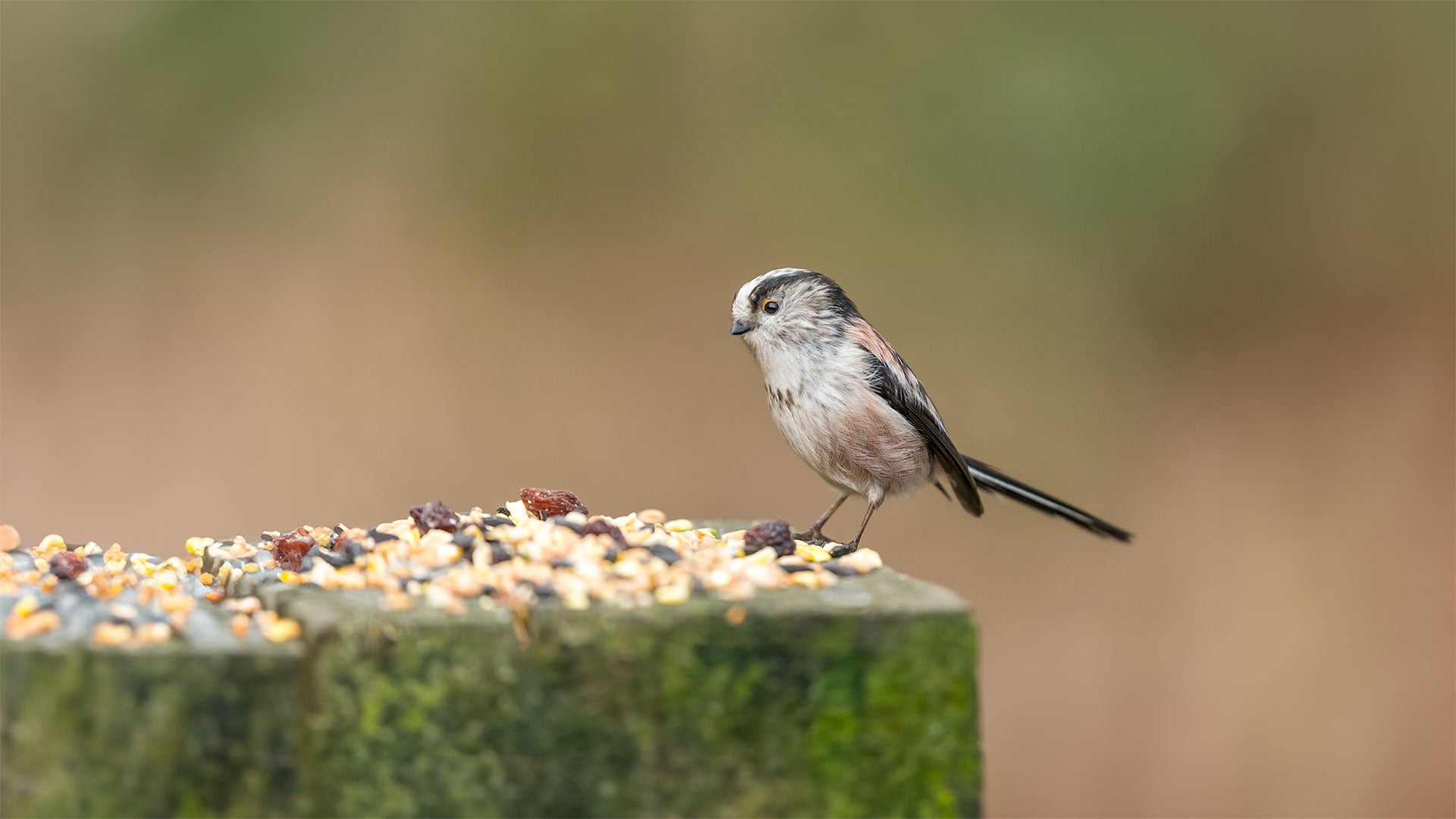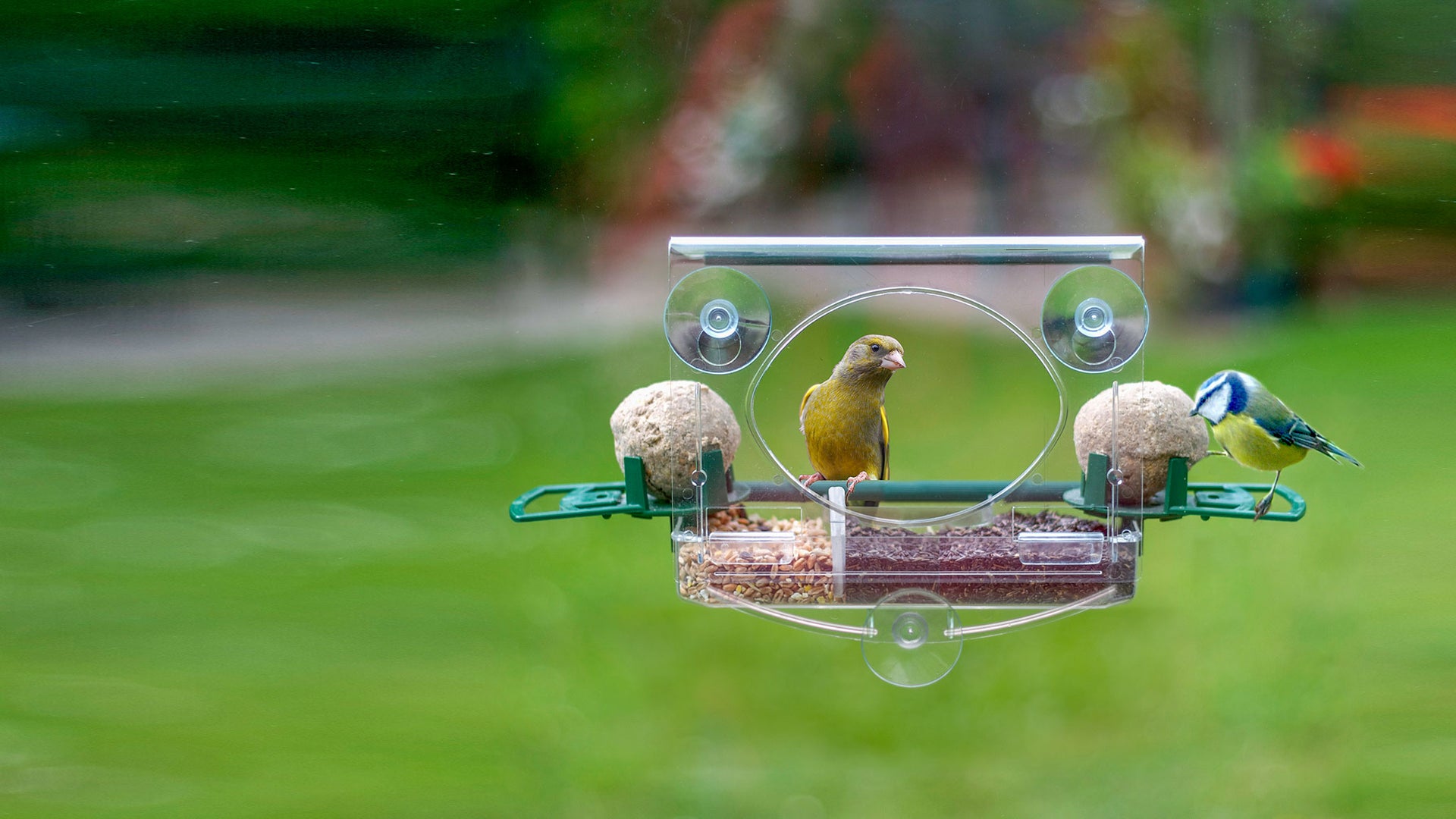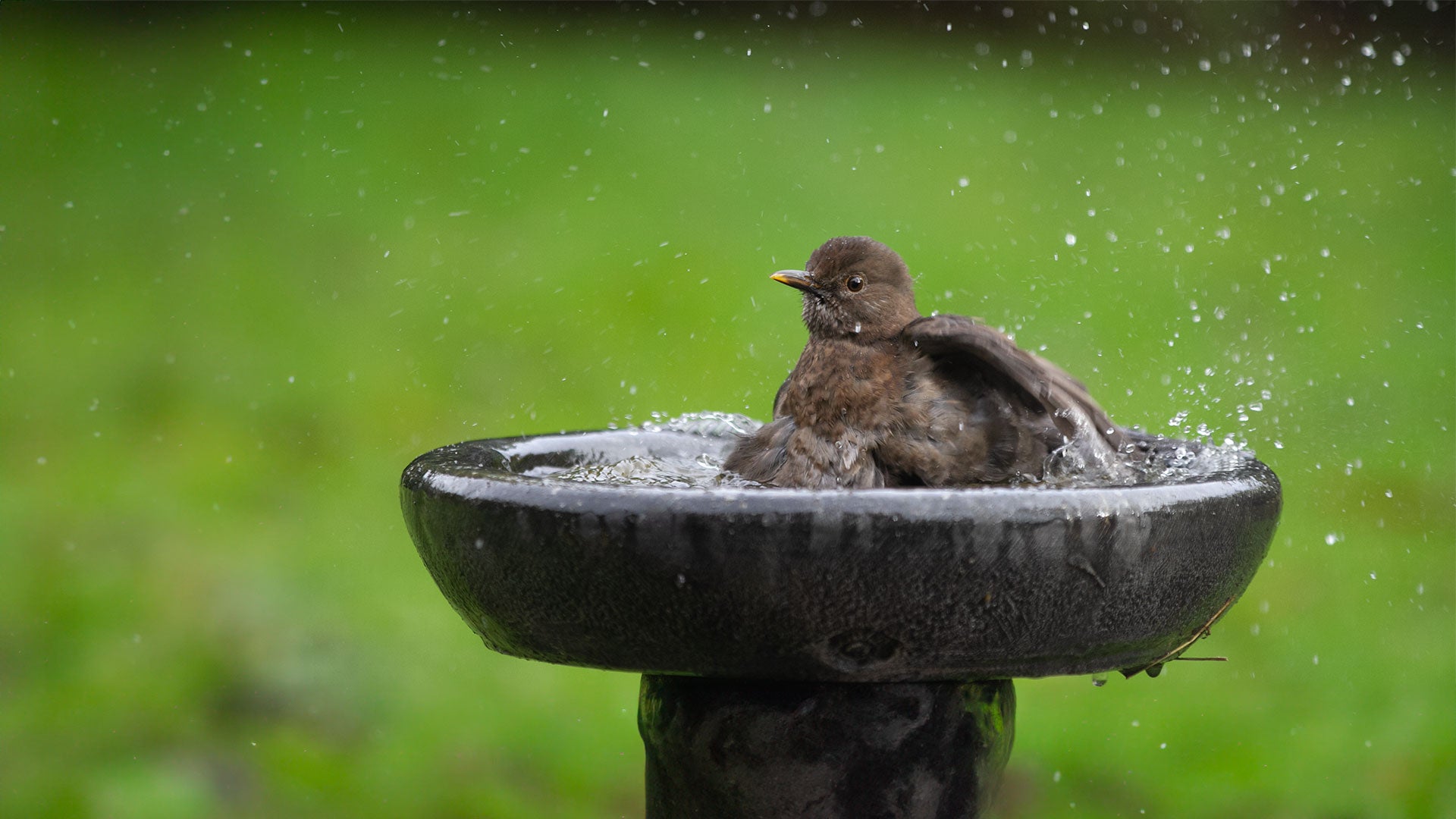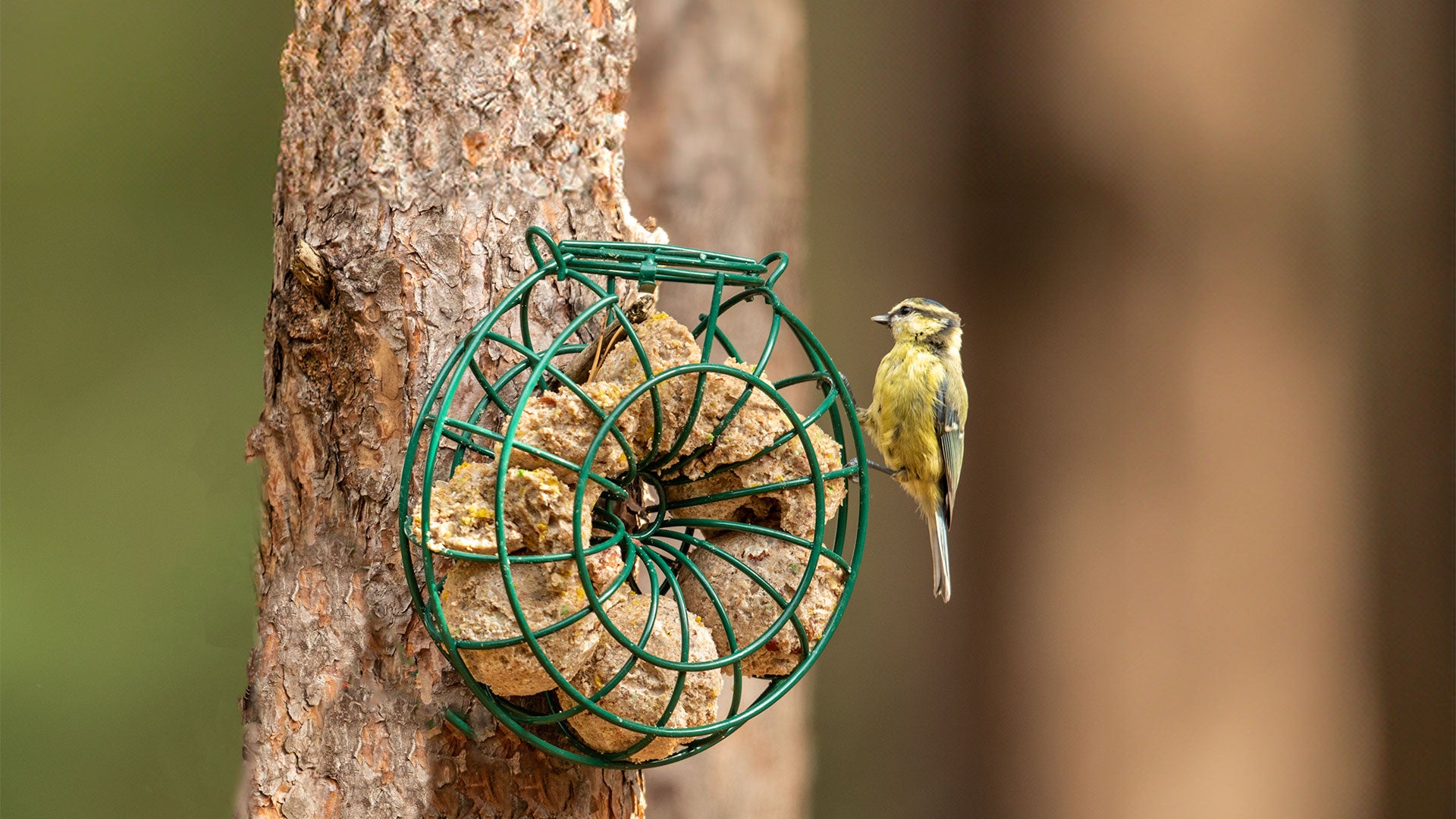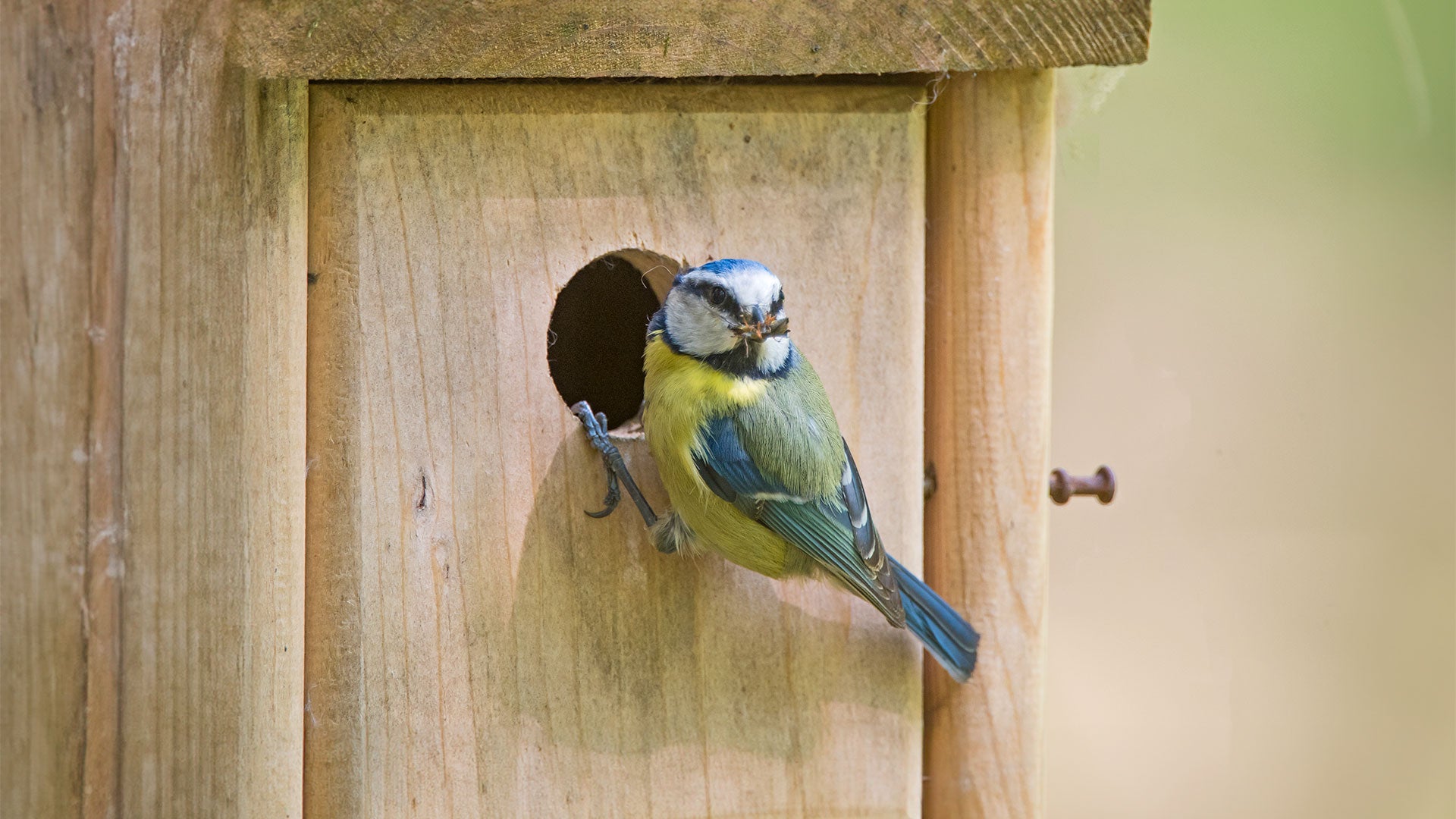This is the most common black and white woodpecker in Europe. Brash, brightly coloured and distinctive flight make it easy to identify. Hammering sounds emanating from woodland are a big giveaway of its presence.
What does a great spotter woodpecker look like?
Length: 23cm.
It is larger than the Lesser Spotted Woodpecker, with black back and white markings on the shoulders. The under tail coverts are red. Only the males have a black crown with a red marking on the nape. Their under parts are white without streaks. Youngsters of both sexes have red crowns.
The Great Spotted Woodpecker rarely eats on the ground. Both male and female produce powerful, vibrant drumming notes, rather like the sound of wind buffeting tree-tops. During courtship both sexes chase each other round and round branches. Flight is conspicuously bounding.

Great spotted woodpecker male vs female
Telling the difference between male and female greater spotted woodpeckers is relatively straightforward since the male has a red patch on the back of its head, while the female head is black and white. Both male and female have a bright red underside at the base of their tails.
Great spotted woodpecker size
An adult greater spotted woodpecker can measure up to 24cm in length, making it significantly larger than a lesser spotted woodpecker and roughly the same size as a blackbird or a starling.
Great spotted woodpecker call
A loud, sharp ‘cheek-keek’.
When and where do great spotted woodpeckers nest?
Breeding starts from mid May onwards. They nest in a hole in a tree trunk, like the Green Woodpecker’s. Incubation takes sixteen days and is carried out mainly by the female, with some assistance from the male. Both parents rear the offspring.
Greater spotted woodpecker eggs
Typically, a greater spotted woodpecker will lay between three to eight white eggs. measuring just under 3cm in length, and glossy white in colour. This tends to happen between mid-April and June.
Great spotted woodpecker habitat
They live in woods, copses, parks and sometimes in gardens. At Ark Wildlife, we sell woodpecker bird boxes which encourage natural nesting habits.
What do great spotted woodpeckers eat?
Great spotted woodpeckers mainly eat the larvae of wood-eating insects. They use their beak to hammer holes into tree bark where they can then pull out the insect larvae with their long tongues. In the spring months, they’ll also eat both the chicks and eggs of smaller birds.
These woodpeckers will also feed on peanut kernels, sunflower seeds and fat balls provided in gardens, with nuts and berries becoming an important food source in the winter months.
Where should you feed great spotted woodpeckers?
Feeders – Ideally above 1m in height
Table – Open topped or covered
Ground – Not suitable
How rare is a great spotted woodpecker?
The great spotted woodpecker is the most common of the three species in the UK. The population of this species has actually increased by more than 300% since the 1970s and has a UK conservation status of green.
How long do great spotted woodpeckers live?
The great spotted woodpecker has an average lifespan of two years. However, the current known record is 11 years!
How can you spot great spotted woodpeckers?
If you’re looking to catch a glimpse of a great spotted woodpecker, there are two options. You can either try taking a stroll through your local woodlands or try attracting them to your own garden. These birds will happily eat peanuts, sunflower seeds or fat balls from feeders or bird tables.
Great spotted woodpeckers can be shy around humans, so for the best views, make sure to simply stand back and observe.

